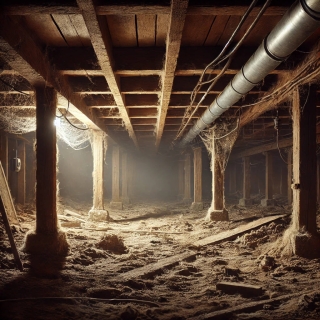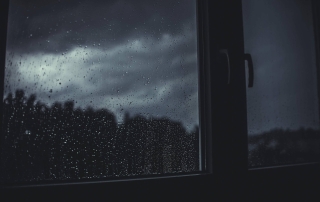Why is Radon Dangerous to our Health?
What You Need to Know About the Health Effects of Radon Exposure Most of us are unaware of the potential impact of radon exposure on health. At low levels, like what you'd typically find in the environment, there's no immediate cause for concern. It doesn't irritate the body, and there are no telltale signs or










